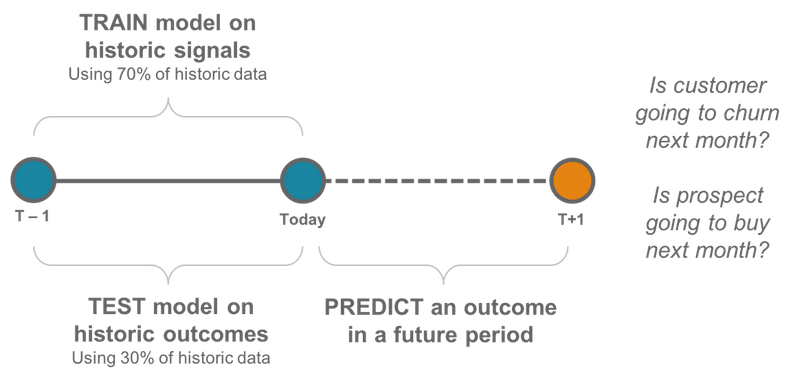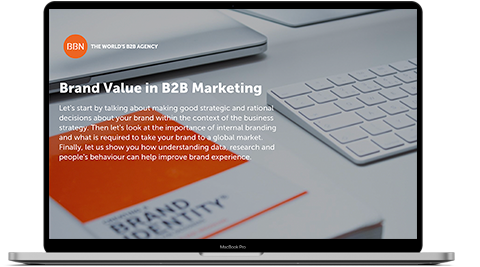Posted by BBN Central on 12th Apr 2024
The Brave New World of B2B Influencers
Welcome to the third instalment, focusing on smart investment strategies for fearless marketers aiming to win market share in the
READ MOREPosted by Matti Airas - BBN Finland on 28th Aug 2018
Predictive Marketing is the process, tools, and rules for applying predictive analytics to making marketing and sales decisions. The objective of Predictive Marketing is to anticipate which marketing and sales actions will most likely lead to the desired customer behaviour and to carry out those actions.
Predictive Marketing is not a replacement for more traditional marketing approaches. Marketing and sales decisions will continue to be based mostly on product releases, inspirational ideas, what competitors and peers are doing, and what has worked well in the past. What Predictive Marketing will do is supplement traditional marketing with a new, more analytical method of sorting and prioritising marketing and sales actions.
One of the key aspects of Predictive Marketing is Predictive Marketing Analytics (PMA), which involves using historical customer data to predict future outcomes and trends. For example, PMA can tell you which accounts to target for churn prevention and which leads are most likely to become customers and are, thus, most worth pursuing. PMA is typically and predominantly done using computer algorithms (e.g., Machine Learning).
 Graphic 1: Predictive Marketing Analytics Process
Graphic 1: Predictive Marketing Analytics Process
During the last five years, the majority of B2C companies have started utilising Predictive Marketing Analytics. But PMA is really nothing new. The individual methods and formulas have been around for almost fifty years. So what is behind its recent growth in popularity? The explanation is that three critical enablers have simultaneously matured to the point at which PMA has become easily accessible to almost any company.
Predictive Marketing Analytics isn’t an absolute science. Like traditional marketing, it is some combination of art, intuition, and science. But it does provide companies with the ability to more reliably forecast customer behaviour.
Thanks for the Photo Stefan Steinbauer on Unsplash
Posted by Matti Airas - BBN Finland on 28th Aug 2018
We've gathered thoughts and expertise from our top strategists to bring you this insightful publication in B2B marketing. Get our e-Book to understand how you can build brand value in your organisation.

1 email a month, EXCLUSIVE stories, and 10 minutes of your time.
Subscribe now
Posted by BBN Central on 12th Apr 2024
Welcome to the third instalment, focusing on smart investment strategies for fearless marketers aiming to win market share in the
READ MORE
Posted by BBN Central on 5th Apr 2024
In B2B marketing, the compass that points businesses towards success is increasingly data-driven. Here at BBN, we've been keenly observing
READ MORE
Posted by BBN Central on 29th Mar 2024
Since the introduction of Sora, OpenAI's text-to-video model, the worlds of AI and marketing have been abuzz. It's being called
READ MORE
Posted by BBN Central on 19th Mar 2024
Account-Based Marketing (ABM) has rapidly gained traction in the B2B marketing world, promising personalized and efficient strategies to win over
READ MORE